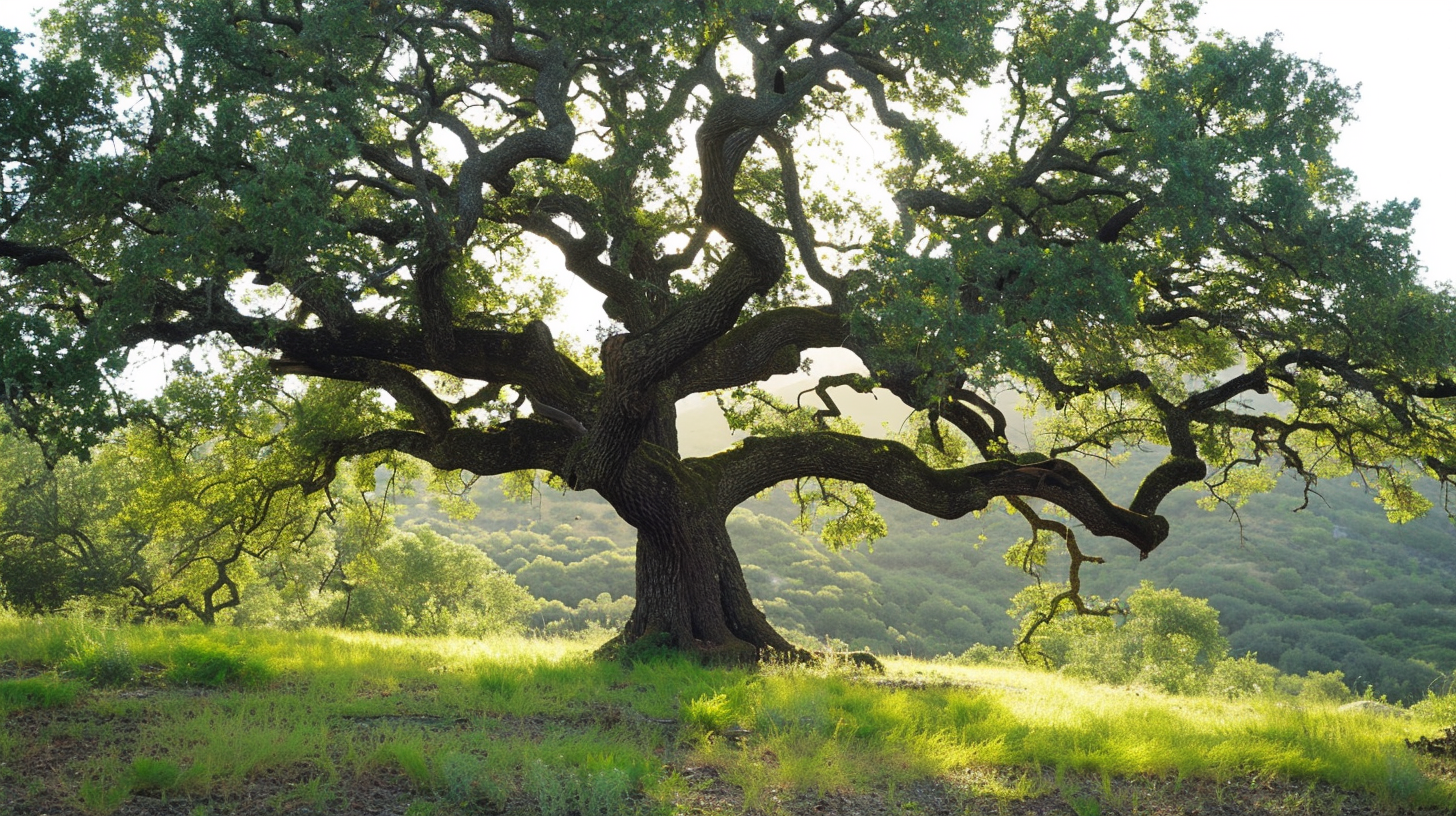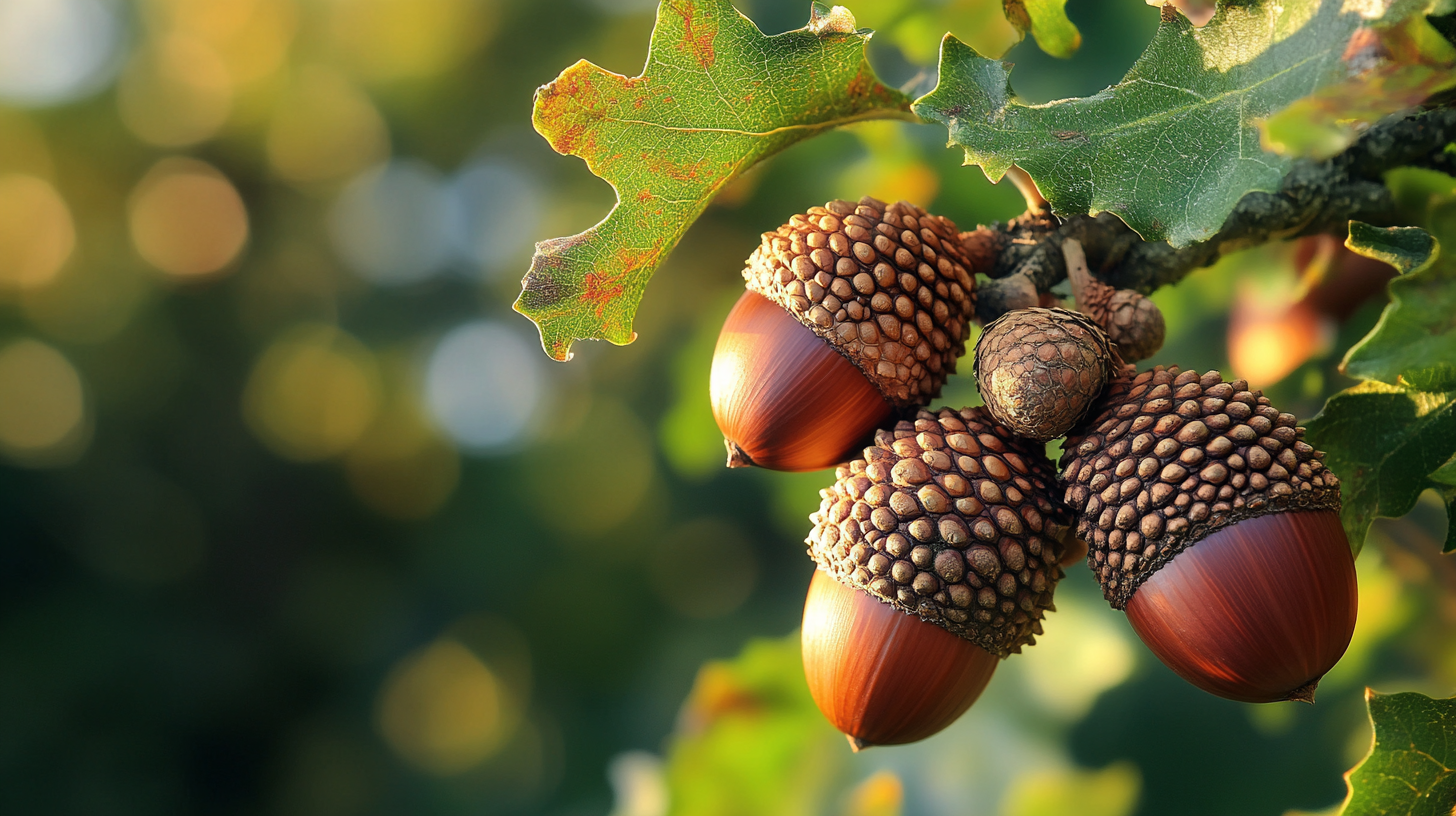Table of Contents
Oak trees are often revered for their beauty, strength, and ecological importance. However, like many other species, they can also have a darker side. In certain contexts, oak trees can be considered invasive, outcompeting native species and altering ecosystem processes. But what makes an oak tree invasive, and how can we manage their impact?
What Makes a Species Invasive?
Before we dive into the specifics of oak tree invasiveness, it’s essential to understand what defines an invasive species. The National Invasive Species Information Center (NISIC) provides a comprehensive definition:
“An invasive species is a non-native species that causes or is likely to cause harm to the environment, economy, or human health.”
Invasive species can exhibit a range of characteristics, including:
- Rapid reproduction and dispersal: Invasive species often produce large amounts of seeds or offspring, which can quickly spread and outcompete native species.
- Aggressive competition: Invasive species may outcompete native species for resources such as light, water, and nutrients.
- Lack of natural predators: Invasive species may not have natural predators in their new environment, allowing them to spread unchecked.
- Alteration of ecosystem processes: Invasive species can alter ecosystem processes such as nutrient cycling, fire regimes, or hydrology.
While oak trees do not meet all of these criteria, they can still have significant impacts on native ecosystems.
The Ecological Impact of Oak Trees
Oak trees are keystone species, providing habitat and food for a wide range of animals and plants. However, they can also have negative impacts on native ecosystems. For example:
- Shading out native plants: Oak trees can cast deep shade, making it difficult for native plants to grow.
- Altering soil chemistry: Oak trees can alter soil pH and nutrient availability, which can favor the growth of invasive species over native species.
- Displacing native trees: Oak trees can outcompete native tree species for resources, leading to a decline in native tree populations.
| Ecological Impact | Description |
|---|---|
| Shading out native plants | Oak trees can cast deep shade, making it difficult for native plants to grow. |
| Altering soil chemistry | Oak trees can alter soil pH and nutrient availability, which can favor the growth of invasive species over native species. |
| Displacing native trees | Oak trees can outcompete native tree species for resources, leading to a decline in native tree populations. |
Oak Tree Invasiveness in Different Regions
Oak tree invasiveness can vary significantly depending on the region. For example:
- Southeastern United States: The English oak (Quercus robur) is considered invasive in the southeastern United States, where it can outcompete native species such as the southern live oak (Quercus virginiana).
- British Isles: The pedunculate oak (Quercus robur) is native to the British Isles, but it can still be considered invasive in certain contexts, such as in woodland restoration projects.
- California, USA: The coast live oak (Quercus agrifolia) is native to California, but it can be invasive in certain ecosystems, such as grasslands and chaparral.
| Region | Oak Tree Species | Invasiveness Status |
|---|---|---|
| Southeastern United States | English oak (Quercus robur) | Invasive |
| British Isles | Pedunculate oak (Quercus robur) | Native, but potentially invasive in certain contexts |
| California, USA | Coast live oak (Quercus agrifolia) | Native, but potentially invasive in certain ecosystems |
The Role of Human Activity in Oak Tree Invasiveness
Human activities can significantly contribute to oak tree invasiveness. For example:
- Landscaping and horticulture: Oak trees are often planted in landscaping and horticulture projects, which can lead to the introduction of non-native species into new areas.
- Forestry practices: Forestry practices such as reforestation and afforestation can involve the planting of oak trees, which can lead to the displacement of native species.
- Climate change: Climate change can alter the distribution and abundance of oak trees, leading to the expansion of their range into new areas.
| Human Activity | Contribution to Oak Tree Invasiveness |
|---|---|
| Landscaping and horticulture | Introduction of non-native oak tree species into new areas |
| Forestry practices | Displacement of native species through the planting of oak trees |
| Climate change | Alteration of oak tree distribution and abundance, leading to range expansion |

Managing Oak Tree Invasiveness
Managing oak tree invasiveness requires a range of strategies, including:
- Removal: Removing oak trees from areas where they are invasive can help to restore native ecosystems.
- Habitat restoration: Restoring native habitats can help to reduce the competitiveness of oak trees and favor the growth of native species.
- Biological control: Introducing natural predators or competitors of oak trees can help to control their spread.
| Management Strategy | Description |
|---|---|
| Removal | Removing oak trees from areas where they are invasive |
| Habitat restoration | Restoring native habitats to reduce oak tree competitiveness |
| Biological control | Introducing natural predators or competitors of oak trees |
Conclusion
Oak trees are complex species that can have both positive and negative impacts on ecosystems. While they provide important ecological benefits, they can also be invasive in certain contexts. By understanding the characteristics of invasive species, the ecological impacts of oak trees, and the role of human activity in their spread, we can develop effective strategies for managing oak tree invasiveness.
Are oak trees always invasive?
No, not all oak tree species are invasive. However, some species, such as the English oak (Quercus robur), are more likely to outcompete native species.
How can I prevent oak trees from becoming invasive on my property?
Regularly monitoring for oak tree seedlings, removing them when necessary, and planting native species can help prevent oak tree invasiveness.
Are oak trees always bad for the environment?
No, oak trees can provide important ecological benefits. However, in certain contexts, they can outcompete native species and alter ecosystem processes.
By considering the ecological context and regional variations, we can work to promote the benefits of oak trees while minimizing their negative impacts.




